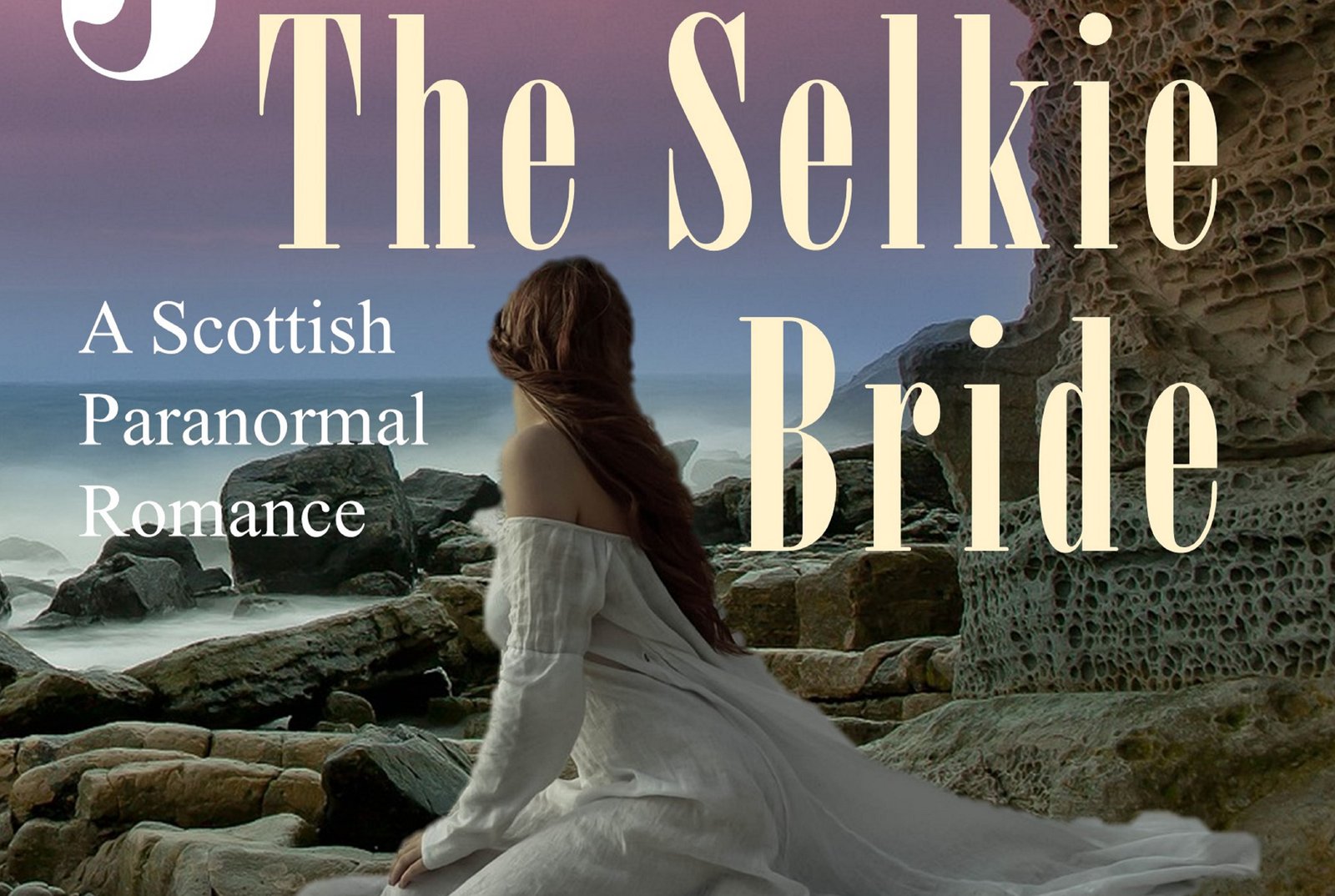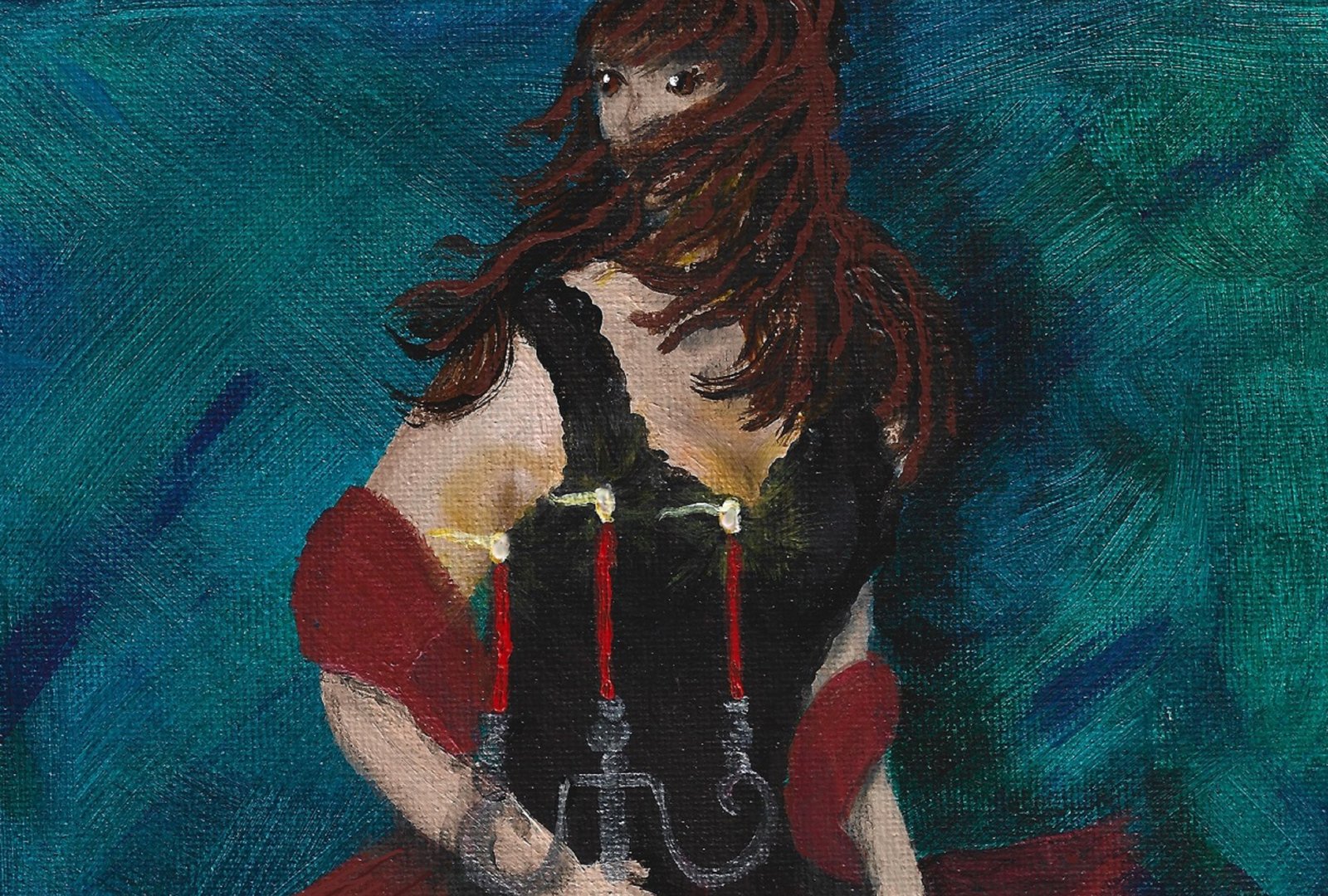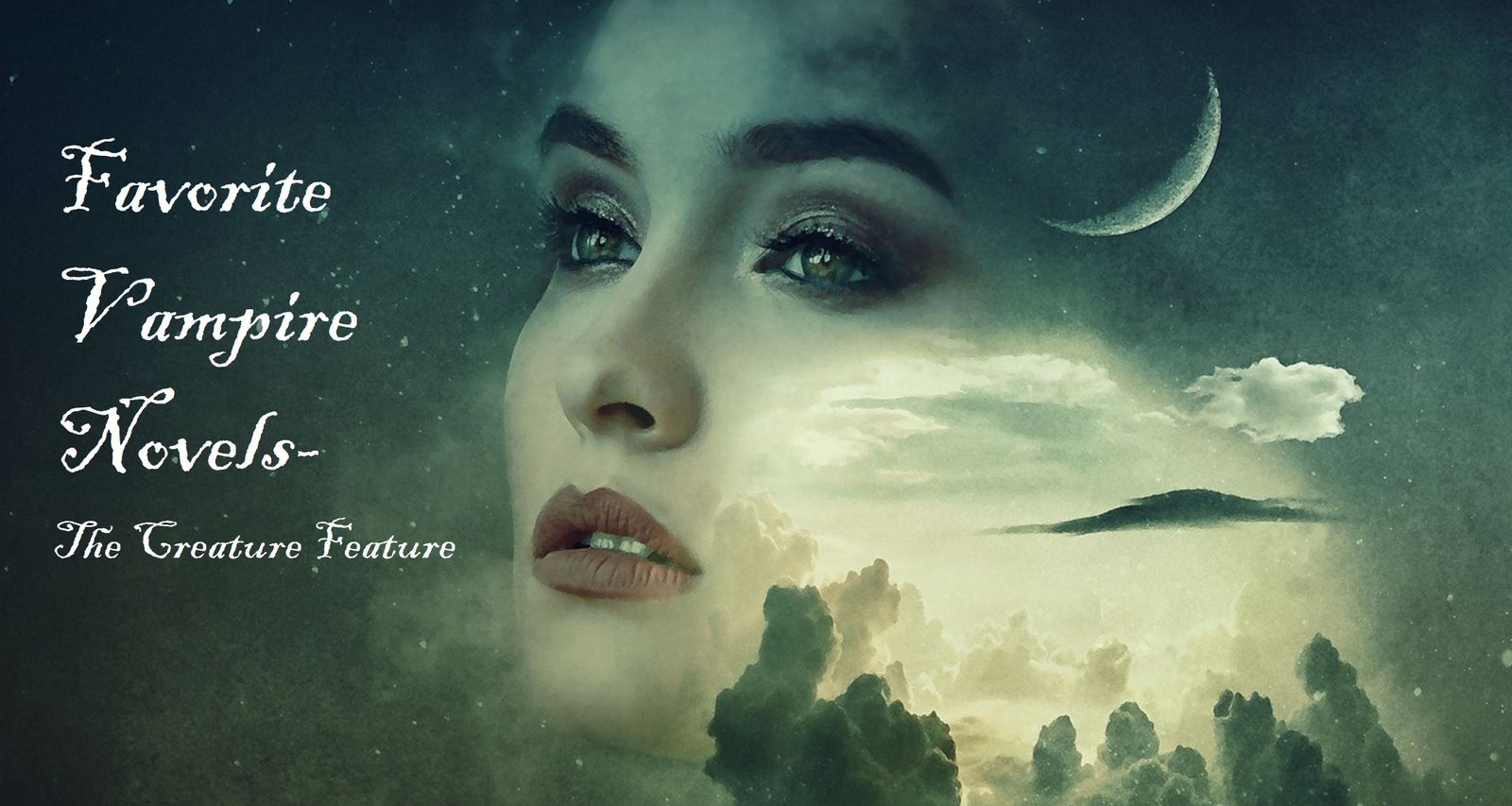Particulars of the selkie and the selkie bride legend vary from culture to culture but there are a few facts that all Celtic and Norse mythologies agree upon. The selkie, as the old song goes, is a man upon the land, and a silkie (seal) in the sea. At certain times of the year, during certain phases of the moon, a selkie may put aside its skin and walk on the land as a human being. All selkies, whether male or female, are extraordinarily beautiful, but they are valued by humans for many other reasons. If one steals a selkie’s skin and hides it away, the selkie will be compelled to remain on land and do the thief’s bidding. Selkie brides were prized among fishermen because they could call fish into the nets and keep storms away from the boats. If you want a selkie lover, there is no need to resort to hunting the beach for castoff fur. All you need do is go to the sea at sunset and cry seven tears into the waves…
But there is a downside to taking one of the seal people as bride or lover. In many legends, the selkie will die one year from the day that they come onto land. In others, they hunt relentlessly for their skins and when they find them, the selkie bride will abandon her husband and children to return to the sea because they can never love anything as much as the ocean. For human women, the tale is even sadder. If she has a child by a selkie (and this does not always happen as most unions are infertile), he will return to her one year from the day that the child is born and take the babe away with him. This occurs in legend with male children especially. The babies turn selkie at one year and will die if they are left on land. The same story usually has the woman’s human husband hunting and slaying the selkie lover and the wife’s unhuman son…
However, nothing so tragic happens in this story. Though the hero is a selkie, the heroine still manages a love affair with him. She is not, after all, just some simple village lass. Her grandmother was a MacDuffie (mac dubh sidhe, or– more properly, nic dubh sidhe. In Gaelic this means daughter of the black faerie’). To the selkies, she is the nicnanron, a human woman who can become a selkie and give birth to healthy silkies.
The story is set in the 1920s because I wanted an era where there wasn’t a great deal of supernatural hysteria, but also early enough that there wasn’t forensics or other science to quickly prove whether someone isn’t human. A DNA test would take all the fun and tension out the is he or isn’t he a selkie?
The Selkie Bride, though written after The Selkie, actually takes place before the events of The Selkie.












